X-100 Nonionic Surfactant – High Performance
$15.99 – $99.99
Chemical Information
- Chemical Name: X-100 Nonionic Surfactant
- CAS Number: Proprietary
- Appearance: Clear to slightly yellow liquid
- Odor: Mild characteristic odor
- Purity: ≥ 99% (Active Ingredient)
Physical & Chemical Properties
- Density: ~1.06 g/cm³
- Solubility: Fully soluble in water, ethanol, and most organic solvents
- Viscosity: Moderate to low viscosity
- Cloud Point: 65-75°C
- pH (1% Solution): 6.0 – 8.5
- Surface Tension: Low surface tension for improved wetting
- Hydrophilic-Lipophilic Balance (HLB): ~13-15
Mechanical & Stability Properties
- Thermal Stability: Stable under standard storage conditions
- Oxidation Resistance: High resistance to oxidation and degradation
- Compatibility: Compatible with anionic, cationic, and nonionic surfactants
Documents:
Description
X-100 Nonionic Surfactant is a highly effective wetting agent, emulsifier, and dispersant widely used in industrial, agricultural, and laboratory applications. Known for its excellent solubility, stability, and surface tension reduction properties, X-100 enhances the performance of detergents, coatings, and chemical formulations. Its nonionic nature makes it compatible with a wide range of anionic, cationic, and amphoteric surfactants.
Applications of Triton X-100 Nonionic Surfactant:
Cleaning & Detergent Industry
- Household & Industrial Cleaners: Enhances the efficiency of detergents and degreasers.
- Textile & Laundry Detergents: Improves wetting and dispersion for deep cleaning.
- Surface Cleaners: Reduces surface tension for effective stain removal.
Agricultural & Horticulture
- Pesticides & Herbicides: Acts as a wetting and dispersing agent in agrochemical formulations.
- Soil Treatment: Helps in the even distribution of soil conditioners and fertilizers.
Paints, Coatings & Adhesives
- Water-Based Paints: Improves stability and consistency.
- Industrial Coatings: Enhances spreadability and adhesion.
- Adhesives & Sealants: Acts as an emulsifier for uniform mixing.
Cosmetics & Personal Care
- Shampoos & Conditioners: Enhances foaming and cleansing properties.
- Lotions & Creams: Improves texture and stability.
- Body Wash & Soaps: Acts as a mild emulsifier for better solubility.
Laboratory & Research
- Biochemical Applications: Used in cell lysis buffers and reagent formulations.
- Protein Extraction & Membrane Studies: Commonly used in research-grade detergents.
Storage
- Store in a cool, dry, and well-ventilated area.
- Keep containers tightly closed to prevent contamination.
- Avoid prolonged exposure to extreme temperatures.
Handling
- Use with proper personal protective equipment (PPE).
- Avoid direct contact with eyes and skin; rinse thoroughly if exposure occurs.
- Use in well-ventilated areas or with appropriate respiratory protection if mist formation occurs.
Safety
- Hazard Classification: Non-hazardous under normal conditions
- Biodegradability: Readily biodegradable
- Eco-Friendliness: Low toxicity and environmentally friendly
- Regulatory Compliance: Meets REACH and GHS safety standards
Additional information
| Size | 100mL (3.3 Fl Oz), 500mL (16 Fl Oz), 1000mL (32 Fl Oz), 1 Gallon (128 Fl Oz) |
|---|
Be the first to review “X-100 Nonionic Surfactant – High Performance” Cancel reply
Related products
-

Potassium Phosphate, Dibasic – Food Grade Additive
$14.99 – $27.99 Select options This product has multiple variants. The options may be chosen on the product page -
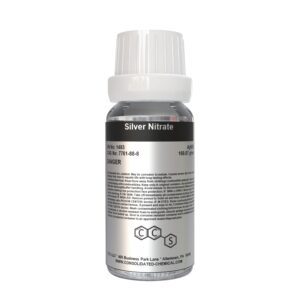
Silver Nitrate – Premium High-Purity Grade
$19.99 – $220.00 Select options This product has multiple variants. The options may be chosen on the product page -
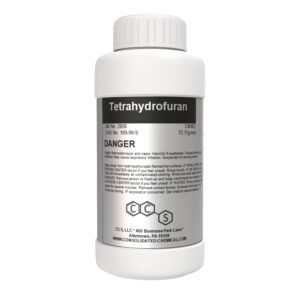
Tetrahydrofuran (THF) – Premium High Purity Solvent
$18.00 – $600.00 Select options This product has multiple variants. The options may be chosen on the product page -
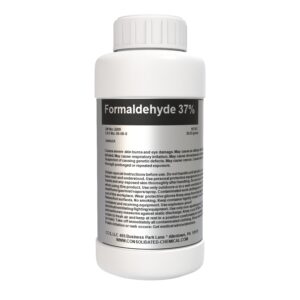
Formaldehyde 37% Solution (Methanal) – Lab Grade
$23.99 – $320.00 Select options This product has multiple variants. The options may be chosen on the product page
SKU: 6409
Categories: Herbicide, Industrial Chemical, Pesticide, Surfactants (12)
Tags: Biochemical Reagent, biodegradable surfactant, Biotech Surfactant, buy nonionic surfactant, Cell Lysis Solution, Cleaning Solution, Detergent Solution, eco-friendly surfactant, Emulsifying Agent, Environmental Testing, High-performance surfactant, High-Purity Surfactant, Industrial Cleaning Agent, Industrial Surfactant, industrial surfactant supplier, Lab-Grade Surfactant, Laboratory Chemical, Liquid Surfactant, Nonionic Surfactant, nonionic surfactant bulk, nonionic surfactant high-purity, nonionic surfactant supplier USA, Octylphenol Ethoxylate, Pharmaceutical Surfactant, Protein Extraction, Research Chemical, Solubilizing Agent, Surface Cleaner, Surfactant, surfactant chemical, surfactant distributor, surfactant for coatings, surfactant for herbicides, surfactant for industrial applications, surfactant for paints, surfactant for pesticides, surfactant for pharmaceuticals, surfactant manufacturer, Textile Processing, Triton Detergent, Wetting Agent, X-100, X-100 agriculture surfactant, X-100 cleaning agent, X-100 detergent, X-100 dispersant, X-100 emulsifier, X-100 foaming agent, X-100 industrial detergent, X-100 lab reagent, X-100 non-toxic surfactant, X-100 nonionic detergent, X-100 nonionic surfactant, X-100 nonionic surfactant online, X-100 nonionic surfactant safety, X-100 nonionic surfactant wholesale, X-100 personal care ingredient, X-100 solubilizer, X-100 surfactant, X-100 surfactant Alibaba, X-100 surfactant Amazon, X-100 surfactant analytical reagent, X-100 surfactant applications, X-100 surfactant B2B marketplace, X-100 surfactant biodegradability, X-100 surfactant biodegradable, X-100 surfactant bulk, X-100 surfactant CAS number, X-100 surfactant chemical, X-100 surfactant chemical compatibility, X-100 surfactant cloud point, X-100 surfactant critical micelle concentration (CMC), X-100 surfactant degradation resistance, X-100 surfactant demand, X-100 surfactant distributor, X-100 surfactant e-commerce, X-100 surfactant eBay, X-100 surfactant emerging applications, X-100 surfactant environmental impact, X-100 surfactant environmentally friendly, X-100 surfactant extended stability, X-100 surfactant fine chemical, X-100 surfactant food-grade, X-100 surfactant for adhesives, X-100 surfactant for agriculture, X-100 surfactant for cosmetics, X-100 surfactant for detergents, X-100 surfactant formula, X-100 surfactant GHS classification, X-100 surfactant global market, X-100 surfactant green chemistry, X-100 surfactant handling, X-100 surfactant high-performance, X-100 surfactant high-purity, X-100 surfactant hydrophilic-lipophilic balance (HLB), X-100 surfactant import export, X-100 surfactant in adhesives, X-100 surfactant in agriculture, X-100 surfactant in air fresheners, X-100 surfactant in bath products, X-100 surfactant in beverage production, X-100 surfactant in biofuel production, X-100 surfactant in body washes, X-100 surfactant in brewing, X-100 surfactant in cleaning products, X-100 surfactant in coatings, X-100 surfactant in conditioners, X-100 surfactant in cosmetic formulations, X-100 surfactant in creams, X-100 surfactant in dairy processing, X-100 surfactant in degreasers, X-100 surfactant in deodorants, X-100 surfactant in detergents, X-100 surfactant in drug formulations, X-100 surfactant in excipients, X-100 surfactant in fabric softeners, X-100 surfactant in fertilizers, X-100 surfactant in food processing, X-100 surfactant in fragrances, X-100 surfactant in hair care, X-100 surfactant in hand soaps, X-100 surfactant in herbicides, X-100 surfactant in household cleaning, X-100 surfactant in industrial cleaning, X-100 surfactant in lotions, X-100 surfactant in lubricants, X-100 surfactant in makeup, X-100 surfactant in nanotechnology, X-100 surfactant in oil recovery, X-100 surfactant in personal care, X-100 surfactant in pesticides, X-100 surfactant in petroleum industry, X-100 surfactant in pharmaceutical applications, X-100 surfactant in plastics, X-100 surfactant in polymers, X-100 surfactant in research applications, X-100 surfactant in resins, X-100 surfactant in scented candles, X-100 surfactant in serums, X-100 surfactant in shampoos, X-100 surfactant in skincare, X-100 surfactant in solvents, X-100 surfactant in sunscreens, X-100 surfactant in textile industry, X-100 surfactant in topical formulations, X-100 surfactant in wastewater treatment, X-100 surfactant in water, X-100 surfactant industrial applications, X-100 surfactant industrial supply, X-100 surfactant industry trends, X-100 surfactant innovations, X-100 surfactant lab reagent, X-100 surfactant long shelf life, X-100 surfactant manufacturer, X-100 surfactant market growth, X-100 surfactant micelle formation, X-100 surfactant molecular weight, X-100 surfactant MSDS, X-100 surfactant non-hazardous, X-100 surfactant non-toxic, X-100 surfactant oxidation resistance, X-100 surfactant patents, X-100 surfactant pharmaceutical-grade, X-100 surfactant price, X-100 surfactant procurement, X-100 surfactant properties, X-100 surfactant raw material, X-100 surfactant REACH compliance, X-100 surfactant SDS, X-100 surfactant shipping, X-100 surfactant solubility, X-100 surfactant solution, X-100 surfactant sourcing, X-100 surfactant specialty chemical, X-100 surfactant stability, X-100 surfactant storage, X-100 surfactant structure, X-100 surfactant superior purity, X-100 surfactant supplier, X-100 surfactant surface tension, X-100 surfactant sustainable, X-100 surfactant toxicity, X-100 surfactant trade, X-100 surfactant transportation, X-100 surfactant Walmart, X-100 surfactant wholesale, X-100 wetting agent


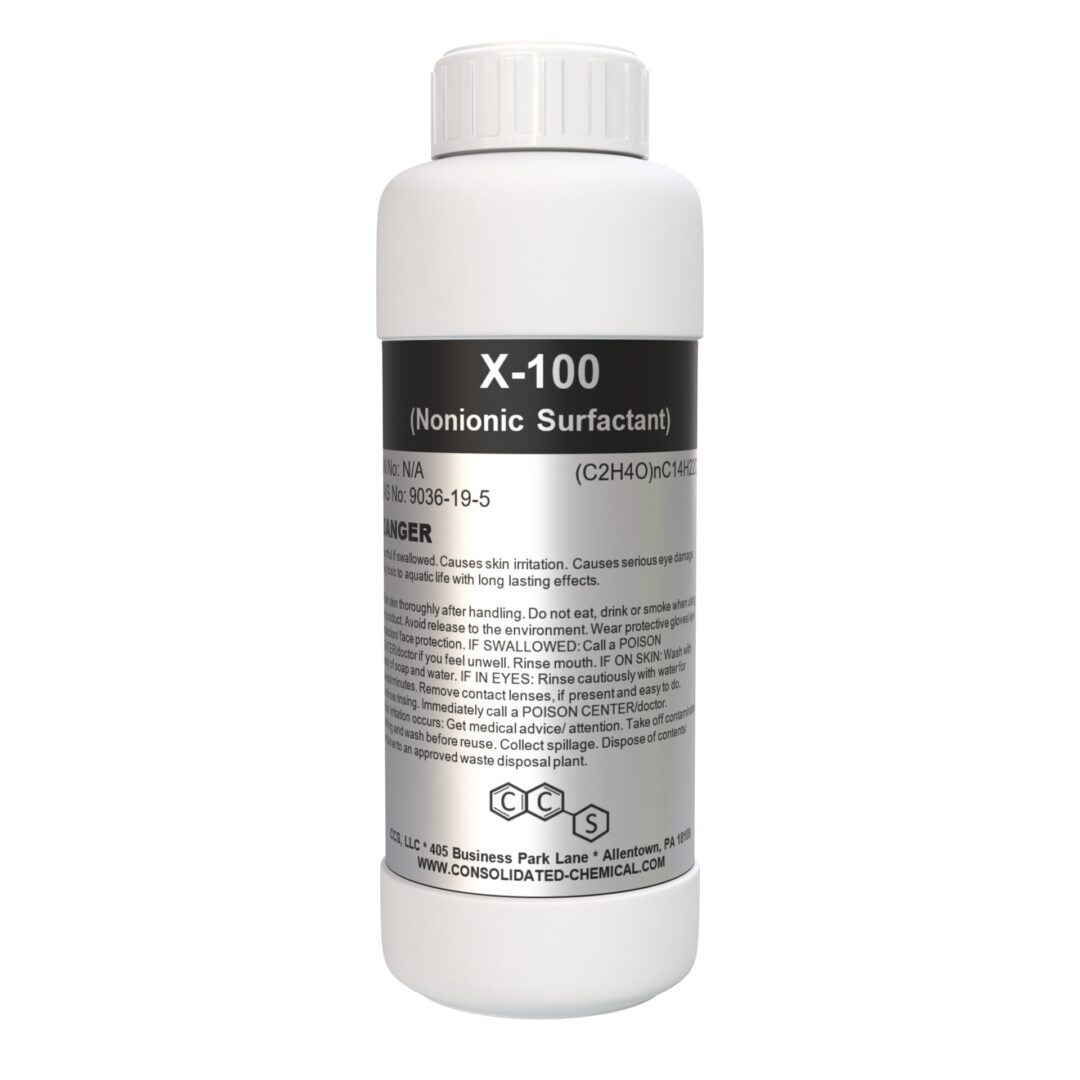

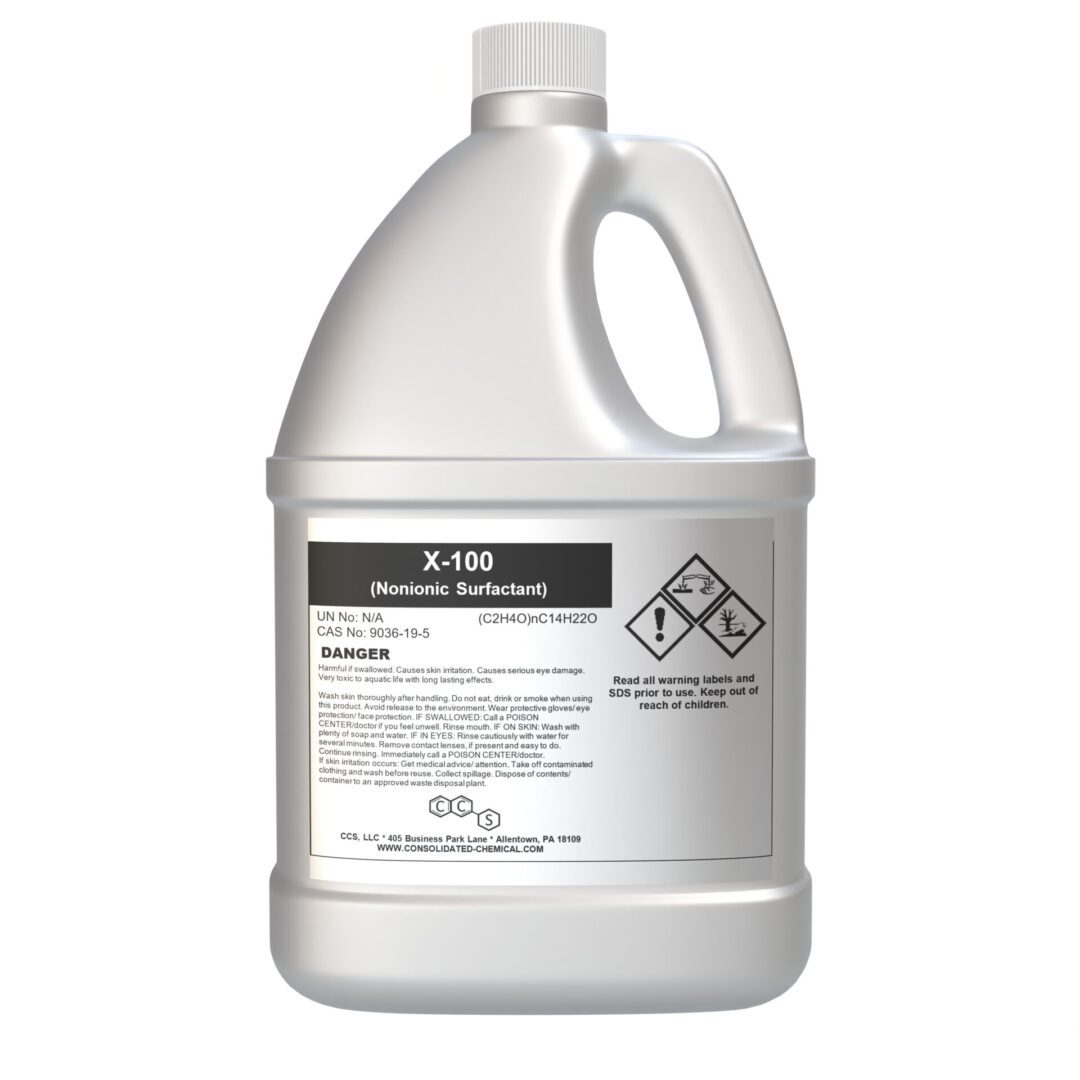
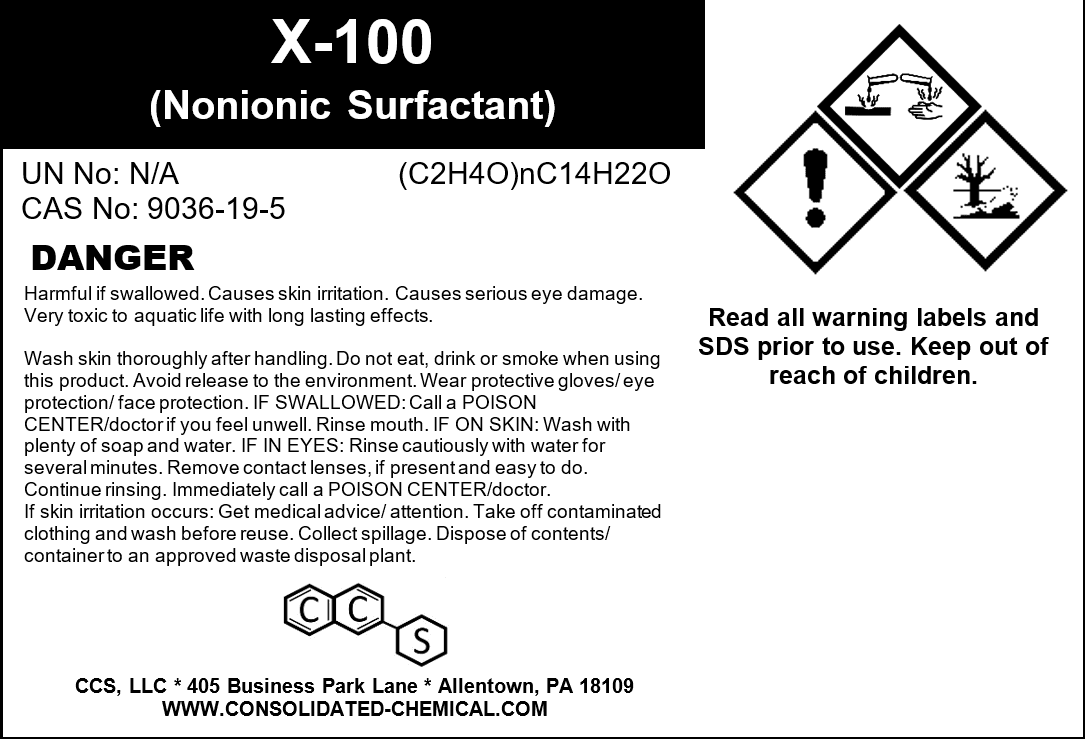
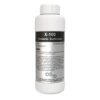

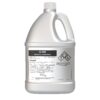
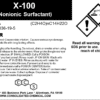
Reviews
There are no reviews yet.